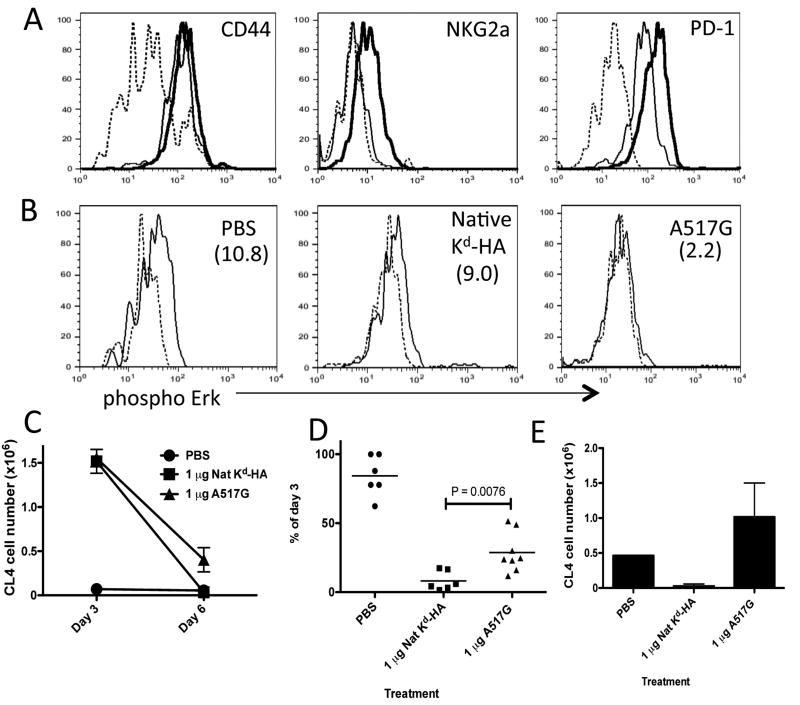Figure 1. Use of high TCR affinity peptide in peripheral tolerance protocol promotes CD8+ T cell anergy.
B10.D2 mice containing donor Thy1.1+ CL4 CD8+ T cells were treated daily with PBS, 1 μg of native Kd-HA or A517G peptide between days 0-2. (a) Day 3 flow cytometric analysis of spleen-derived CL4 cells stained with antibody specific for the indicated molecules. Lines; Dashed - PBS, thin - native Kd-HA and thick - A517G treatments. (b) Day 3 ex vivo phosphorylation of Erk in CL4 cells re-stimulated with Kd-HA peptide (thin line) and unstimulated (dashed line). Treatment condition indicated in top right corner of plots and the mean MFI increase from unstimulated to stimulated cells in parenthesizes. Survival of CL4 cells in the spleen. Expressed as the absolute number (c) or percentage (d) of CL4 cells detected by FACS on day 6 compared to day 3 for each treatment condition. (e) On day 30 mice were challenge with PR8 influenza virus (i.p. 500 HA units) and six days later donor CL4 cells were detected by FACS in the spleen. Each graph is representative of 3 to 5 experiments using age and sex matched mice. In the experiments depicted in c and d there were between 4 to 6 mice per treatment group.

